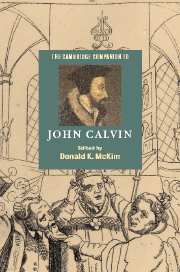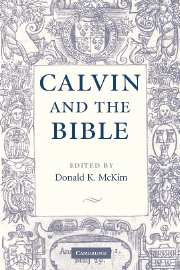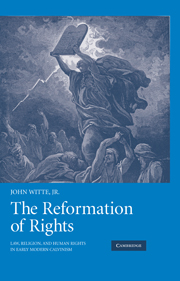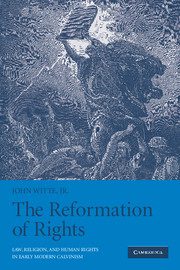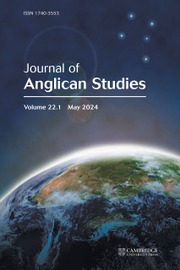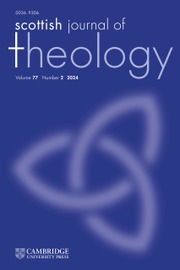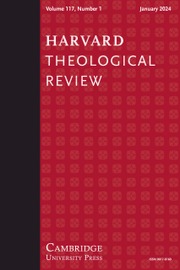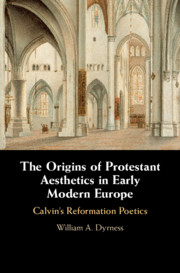Reformed Theology and Visual Culture
William Dyrness explores the roots of Reformed theology from sixteenth-century Geneva to seventeenth and eighteenth-century Puritan New England. Though this tradition impeded development of particular visual forms, Dyrness argues that it encouraged others, especially in areas of popular culture and the order of family and community. Exploring the theology of Calvin and others, Dyrness demonstrates how the tradition created a new aesthetic of simplicity, inwardness and order to express underlying theological commitments.
- Explores the Puritan promotion of popular visual culture and its continuing influence
- Explains how the roots of our modern 'imagination' lay in the faith of the Reformation
- Written by an author who is a greatly respected figure in his field
Reviews & endorsements
"Dyrness offers a fresh approach to this long-debated subject through the use of recent theoretical evaluations in art history, theology and the social sciences. With a clear and well-documented style, this book should be of interest to scholars and students alike." Studies in Religion John B. Roney, Sacred Heart University
"This eucharistic reflection by Rembrandt's friend, Constantijn Huygens, takes us to the heart of Dyrness's learned, indeed passionate plea that we look afresh, critically but empathetically, at the imaginative dimensions of the Reformed heritage." - Peter Matheson, Otago University
Product details
August 2004Hardback
9780521833233
356 pages
229 × 152 × 24 mm
0.69kg
45 b/w illus.
Available
Table of Contents
- 1. Introduction: imagination, theology and visual culture
- 2. Medieval faith and the ambiguity of sight
- 3. John Calvin: seeing God in the preached word
- 4. England and the visual culture of the reformation
- 5. William Ames, John Cotton and seventeenth-century puritanism
- 6. Seventeenth-century visual culture
- 7. Jonathan Edwards: the world as image and shadow.


